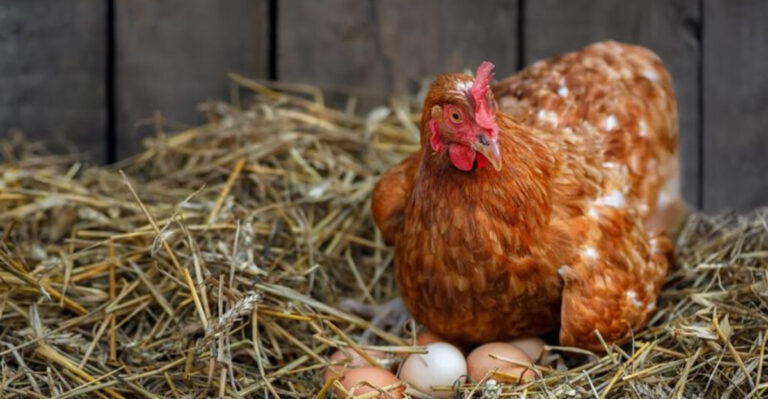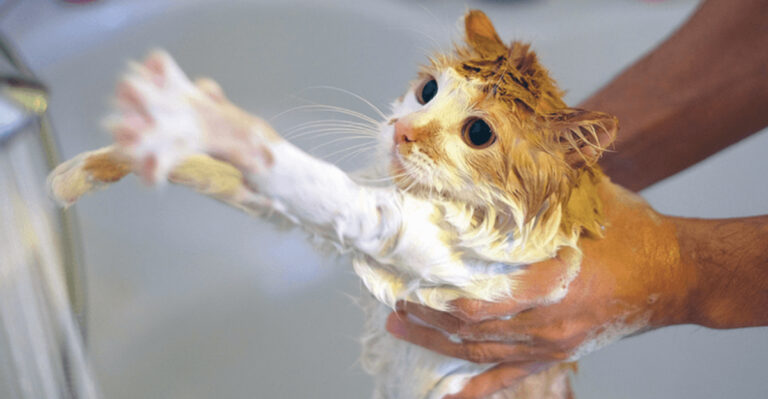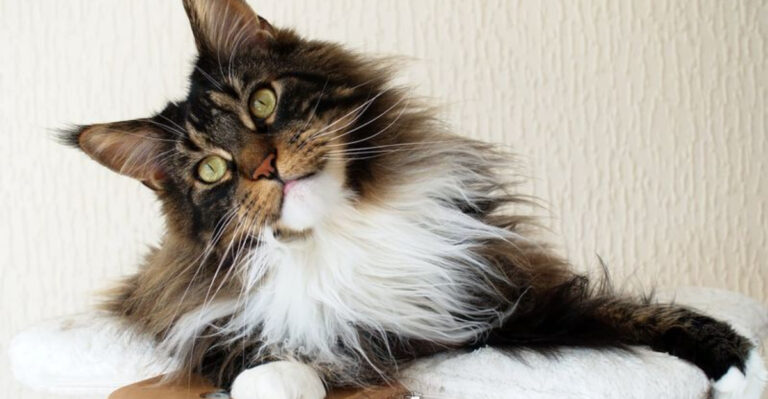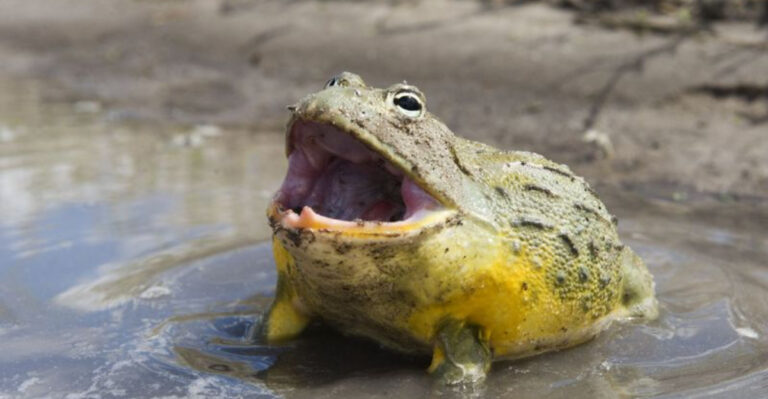14 Odd Things The Okapi Shares With Its Close Relatives, The Giraffe
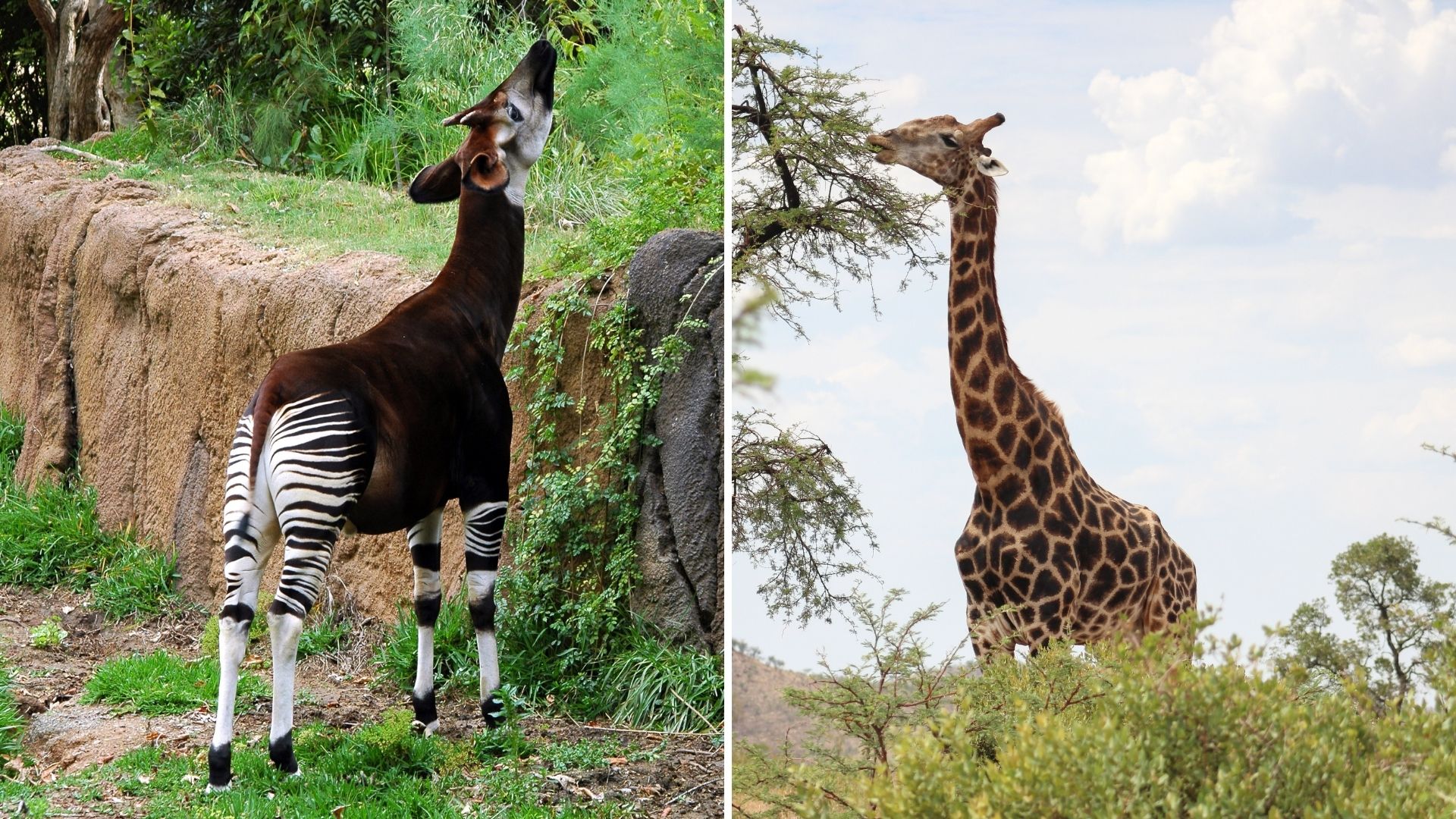
Ever wondered what quirky traits the elusive okapi shares with its towering cousin, the giraffe? Prepare to be amazed as we delve into these intriguing similarities.
Both these animals may seem worlds apart, yet they boast an array of fascinating commonalities. From prehensile tongues to distinctive coat patterns, let’s explore how these unique creatures are interconnected despite their distinct appearances.
1. Long, Prehensile Tongue
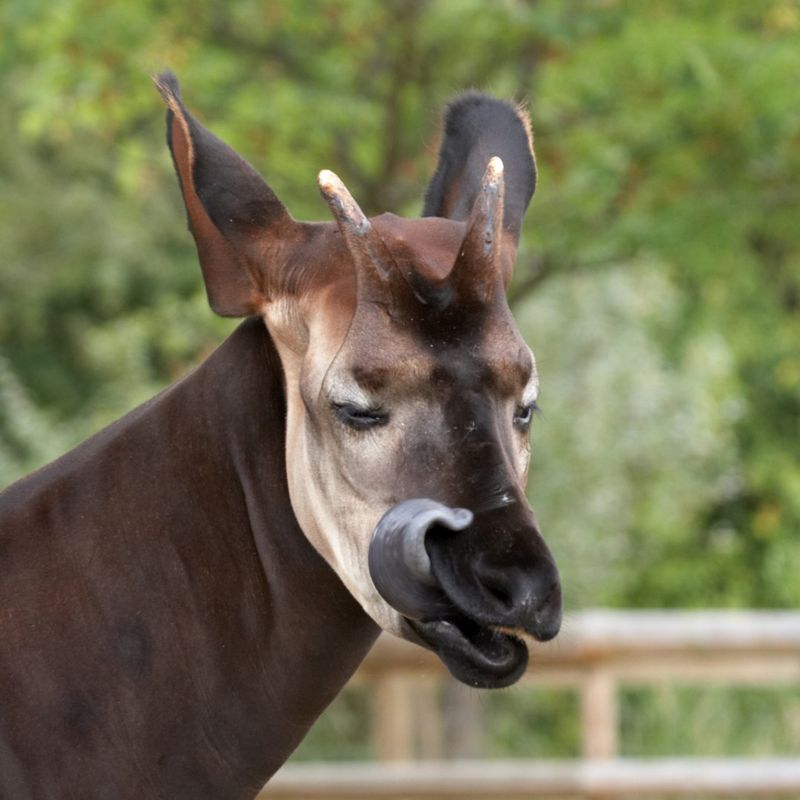
With tongues like nimble fingers, both the okapi and giraffe possess long, prehensile marvels that make feeding a breeze. These tongues, stretching over a foot in length, allow them to grasp leaves with ease.
This unique adaptation not only aids in feeding on tall branches but also helps in grooming. Imagine a giraffe slyly snatching a leaf with its tongue!
2. Distinctive Coat Patterns
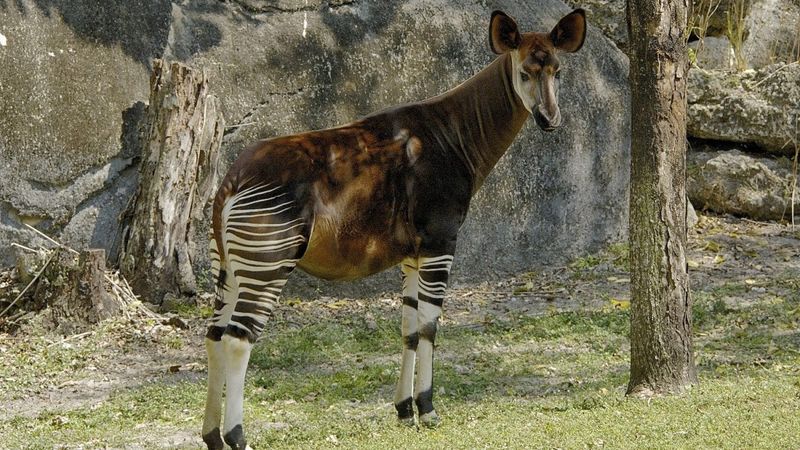
The okapi flaunts zebra-like stripes, while the giraffe sports blotchy patches. Both serve as camouflage, blending with dappled light in forests or savannas.
These patterns aren’t just eye-candy; they play a vital role in survival. Picture an okapi melting into the forest shadows! Each pattern is as unique as a fingerprint, subtly connecting these relatives.
3. Unique Hoof Structure
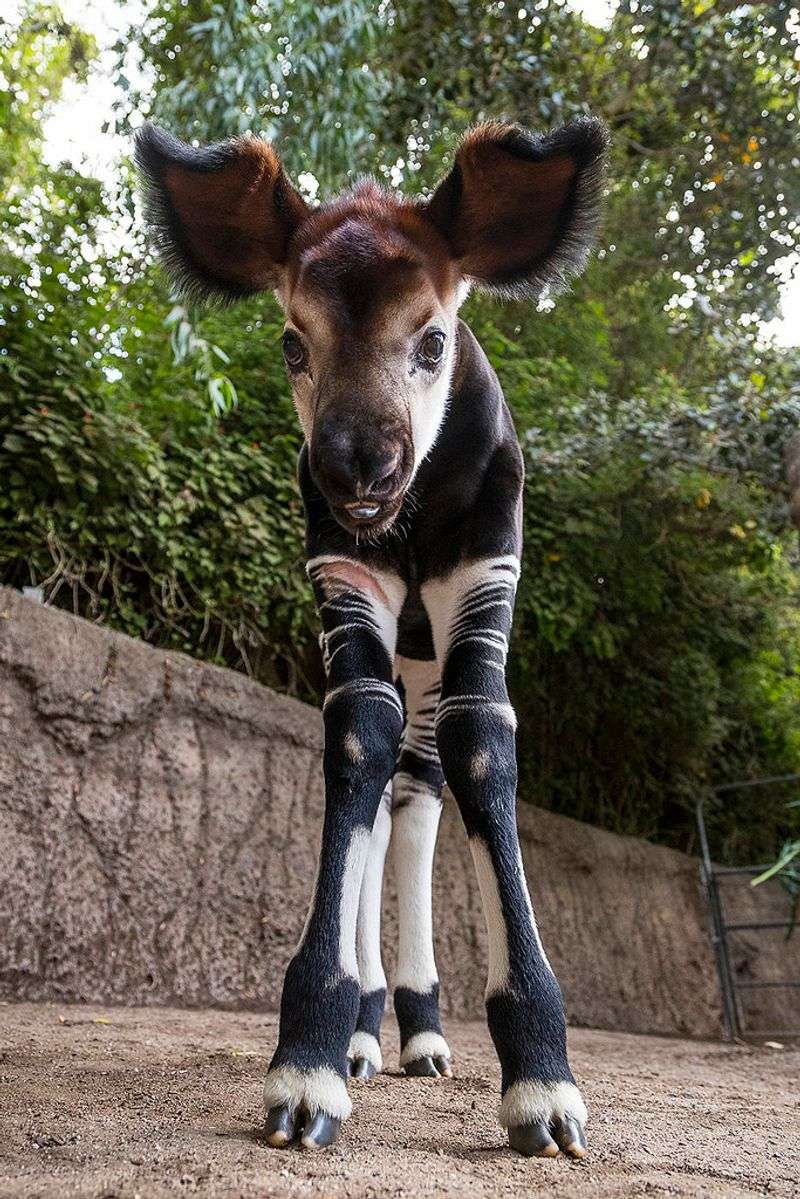
Their hooves are like sturdy hiking boots, built for traversing diverse terrains. Both okapi and giraffes share cloven hooves that provide stability on uneven ground.
These resilient structures help them navigate forests and savannas efficiently.
4. Tall, Slender Bodies

Standing tall like nature’s skyscrapers, the okapi and giraffe have bodies built for reaching. Their elongated necks aren’t just for show. These slender builds enable them to access high foliage, crucial for survival.
While the giraffe towers over savannas, the okapi’s subtle height advantage is handy in dense forests. Their silhouettes are nature’s elegant engineering.
5. Herbivorous Diet
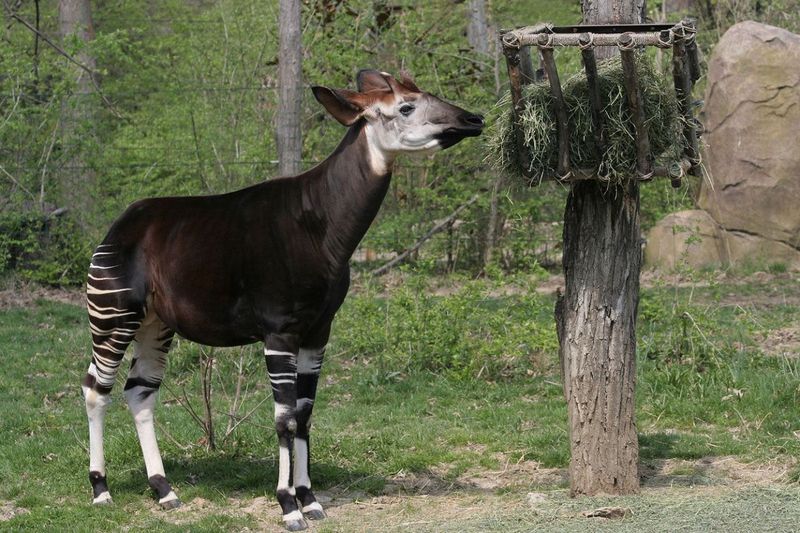
Both creatures are dedicated vegetarians, feasting on leaves and fruits. However, their environments dictate their diet diversity.
Giraffes often nibble on acacia trees, while okapis prefer the understory of rainforests. This diet fuels their serene existence, shaping their role in the ecosystem.
It’s fascinating how habitat influences their menu choices!
6. Large, Erect Ears

Their ears, alert and upright, are like satellite dishes tuned to the wilderness. The large ears of an okapi and giraffe enhance their ability to detect predators and communicate.
These auditory tools are vital for survival, allowing them to hear the faintest rustle. Imagine the okapi’s cautious pause after catching a distant sound, an evolutionary perk shared with giraffes.
7. Keen Sense Of Smell
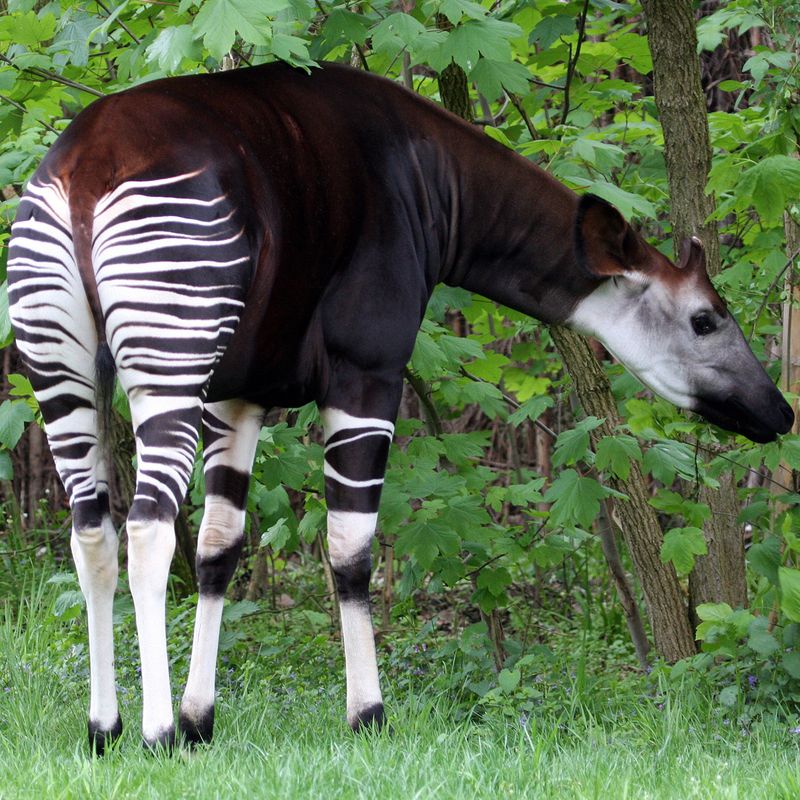
Both these majestic creatures possess a nose for adventure. Their keen sense of smell guides them to food, alerts them to predators, and helps identify others of their kind.
It’s like having a built-in GPS for survival. A giraffe sniffing an approaching storm, or an okapi detecting a hidden predator, showcases their olfactory prowess.
8. Silent Communication
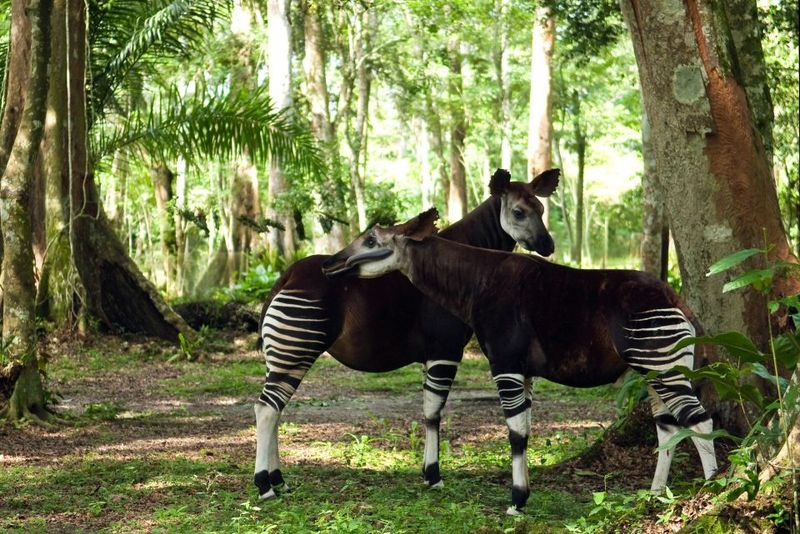
In a world where silence speaks volumes, okapis and giraffes are masters of non-vocal communication. They rely on body language and subtle cues to express intentions and emotions.
An okapi’s gentle nudge or a giraffe’s graceful neck movement can convey messages without a sound. This silent dialogue is a fascinating aspect of their interaction.
9. Bipedal Walking Ability
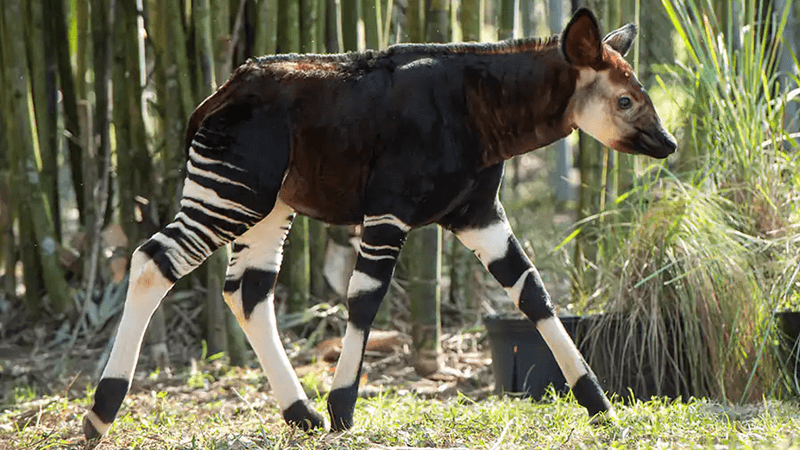
Though primarily quadrupeds, both animals occasionally resort to bipedal stances. This ability aids in reaching higher branches when feeding or surveying their surroundings.
Imagine a giraffe standing up to inspect its territory. While not common, this trait highlights their adaptability and the shared evolutionary strategies in their lineage.
10. Extended Gestation Periods
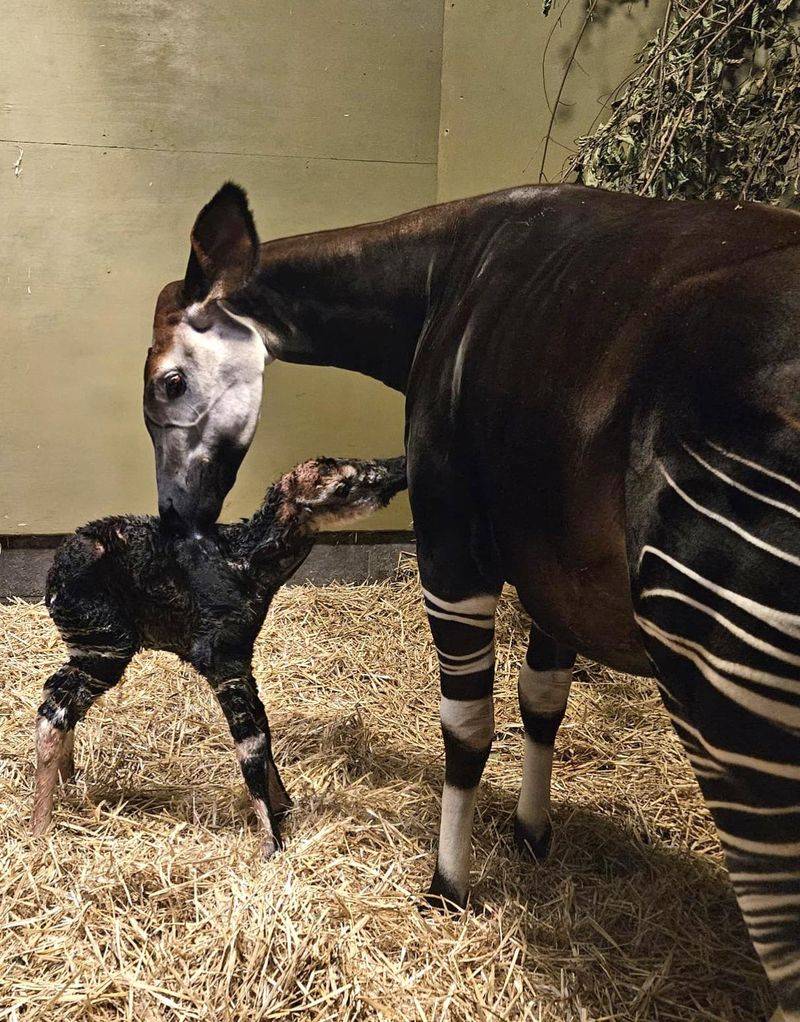
Patience is a virtue, especially in the animal kingdom, where both okapis and giraffes endure long pregnancies. These extended gestation periods ensure well-developed offspring, ready to face the wild.
A giraffe’s calf, after its long wait, drops into the world with a thud but quickly finds its feet. This extended nurturing time is crucial for survival.
11. Large, Adaptable Eyes
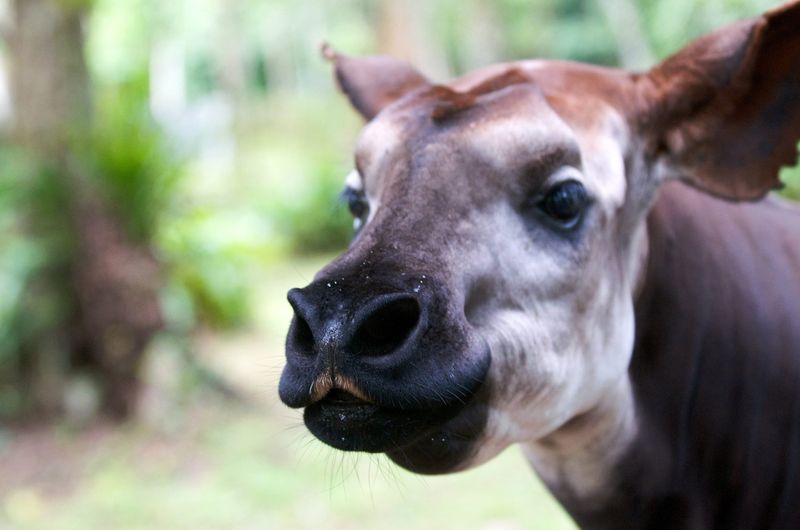
Their eyes are like nature’s surveillance cameras, perfectly adapted to their surroundings.
Both the okapi and giraffe have large, expressive eyes that provide excellent vision, helping them spot predators and navigate their habitats.
A giraffe scanning the vast savanna or an okapi peeking through forest foliage – their gaze is always vigilant.
12. Curious And Cautious Nature
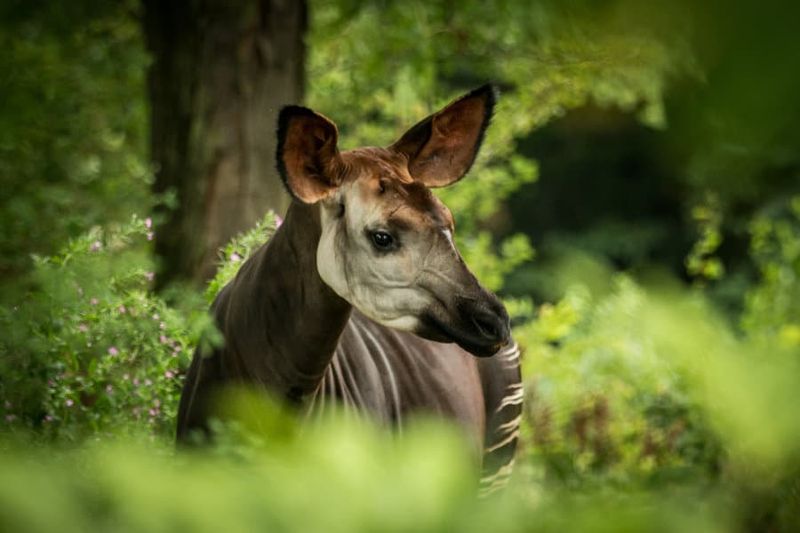
Curiosity may lead some astray, but for the okapi and giraffe, it’s a survival tool. Their inquisitive nature helps them explore and understand their environment, while caution keeps them safe.
An okapi silently observing a new visitor or a giraffe inspecting a strange object represents this delicate balance. It’s a blend of discovery and prudence.
13. Unique Mating Rituals
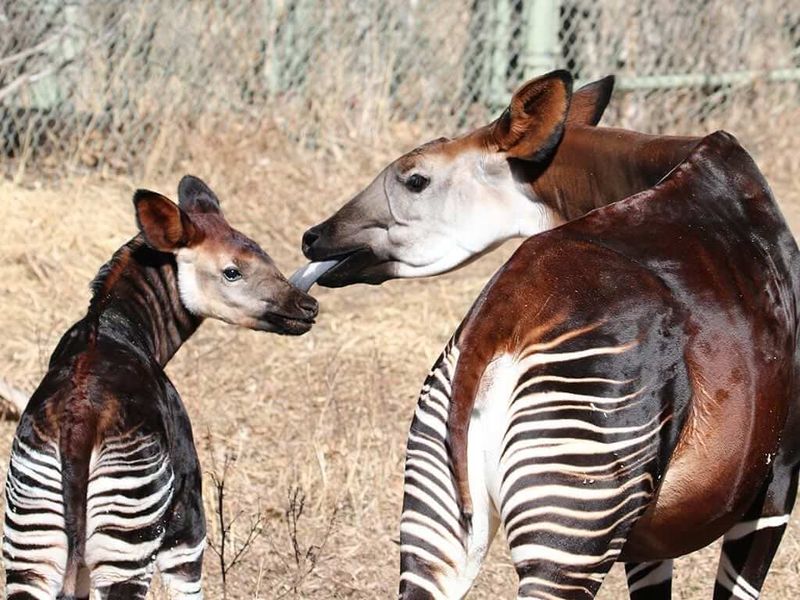
Love is in the air for these majestic creatures, each with distinctive courtship dances. Okapis and giraffes engage in fascinating mating rituals that strengthen bonds and ensure reproductive success.
While an okapi might display gentle nudges, a giraffe entices with neck rubs. These rituals are both ritualistic and romantic, showcasing nature’s diversity in love.
14. Slow And Steady Movements
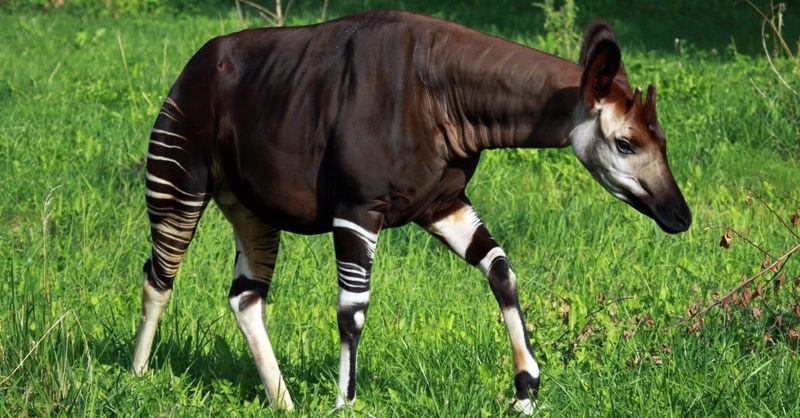
In the wild, haste makes waste, and these animals know it well.
Okapis and giraffes are known for their calm, deliberate movements, conserving energy and avoiding detection by predators.

